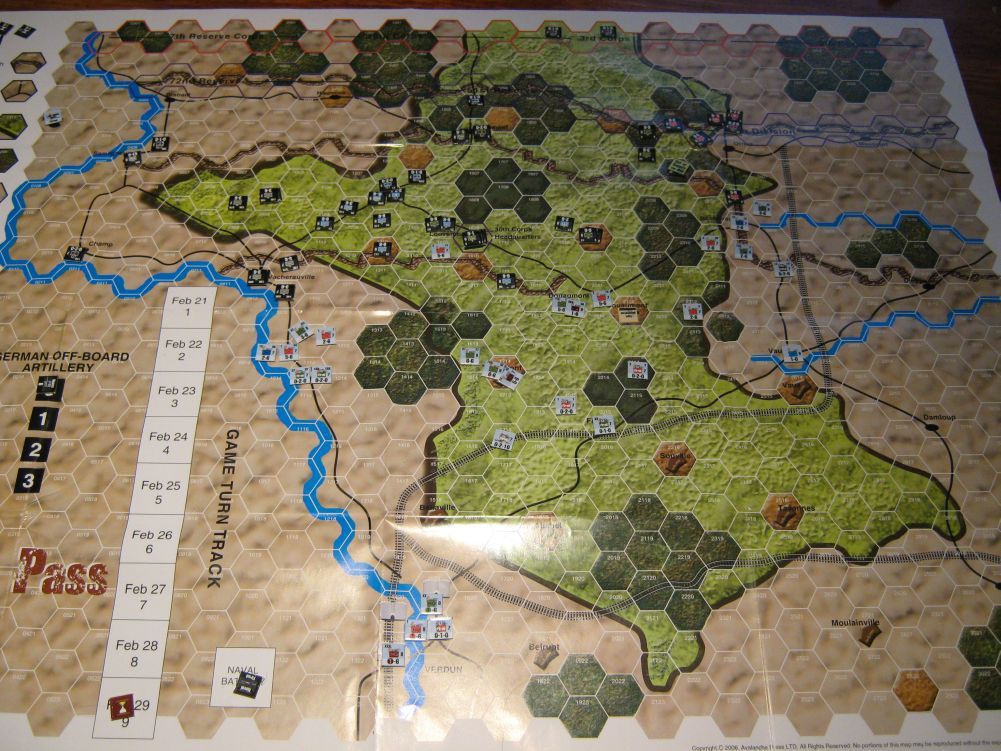

In time, the combined forces of France and England would beat Germany in a war of attrition.įalkenhayn’s solution was to try to accelerate attrition in the time and place of his own choosing. Falkenhayn saw clearly that, instead, this war hinged on gradual attrition, and in the long run, this could not favor Germany. Generals dreamed of mastering the formula to create breakthroughs, but so far none had been found. His second major problem is that battlefield mobility had become a distant memory on the Western Front. Germany faced two major enemies in the West, and the disparity in men and supplies only grew with time, not least because of the naval blockade. In the immediate term, the Germans could afford to sit and wait in the west, but this could not go on indefinitely. Events had turned the Schlieffen Plan upside down: instead of knocking France out of the war quickly, so that Germany could concentrate on Russia, the Germans found the Western Front intractable, while the Eastern Front offered good opportunities for a gradual victory. His first major challenge was the original problem of World War One, namely, that Germany faced a two-front war. The Chief of the German General Staff, Erich von Falkenhayn, decided to make an exception to this rule. They permitted the Allies to initiate the deadly offensives, having realized that the attackers always suffered heavier casualties in this war. Throughout 1915, the Germans concentrated on mastering the construction and use of their trenches. If they were unable to knock France out of the war by capturing their capital, then the next best thing was to hold the Western Allies at bay while the Germans systematically defeated the Russians. They were unnecessary the Germans were not interested in seizing another stretch of French territory. After the failure to capture Paris in 1914, and the subsequent hardening of the front lines into fixed trenches, the Germans refrained from initiating major offensives. The French assumed that the Germans would not do so, and with some reason. It was a pragmatic decision based on the scarcity of resources, but in one important respect it was misguided: this area of the front line had developed into a salient, which meant that the Germans could attack it from three sides if they ever wished to do so. This sector of the front was largely quiet, and the French decided that most of the artillery there could better be used elsewhere. In 1915, it had seemed as if the Germans had no real intention of trying. Already, they had decided that no invader should ever be able to break through to Verdun. Verdun was the counterpoint to the German fortifications at Metz, and the French built a cluster of modern forts around it. In 1871, Germany took these fortresses as part of the terms for peace, and France needed to build new forts.

#BATTLE OF VERDUN BATTLE STRATEGIES SERIES#
This fact did nothing to prevent a battle that would consume almost all of 1916.īefore the Franco-Prussian War, France had relied on a series of fortresses in Lorraine, especially Metz, to defend its eastern frontiers. In hard military terms, however, Verdun had no importance. Beyond this, Verdun enjoyed high prestige in France.

In this respect, it was a suitable place for a major battle between France and Germany in World War I their quarrel was, essentially, a continuation of that dispute. This treaty laid the basis for France, Germany, and for a middle zone that belonged to neither. Its foundations had been built by the Romans more importantly, it achieved European prominence in 843 AD, when the grandsons of Charlemagne made a treaty there.


 0 kommentar(er)
0 kommentar(er)
